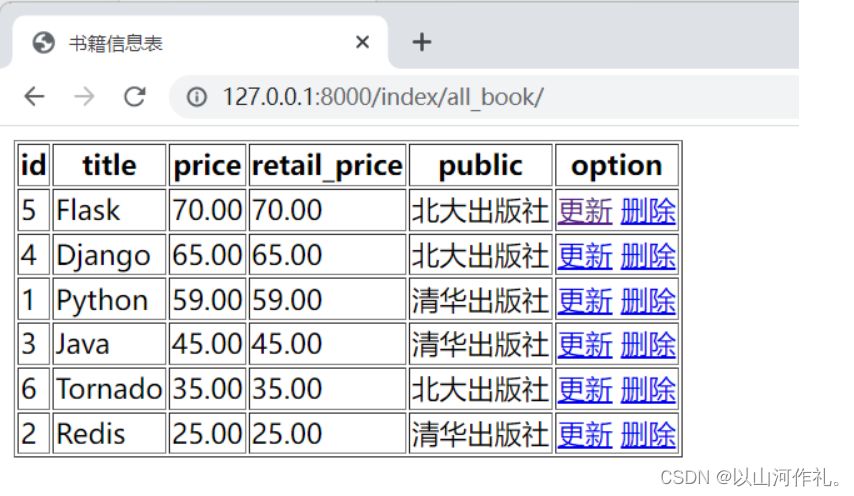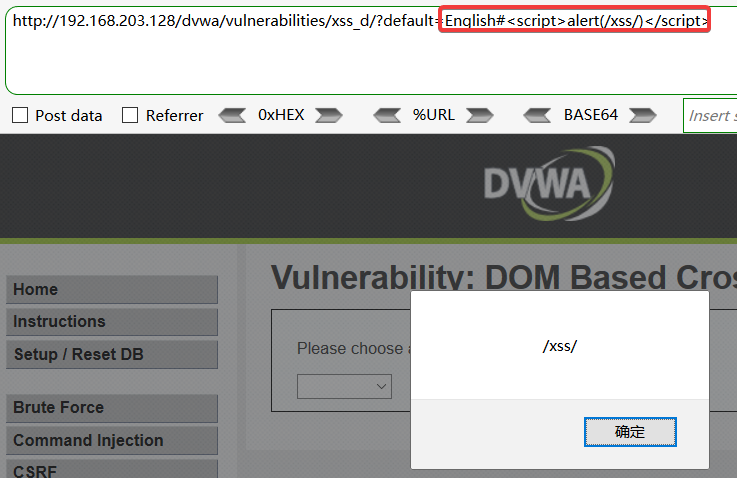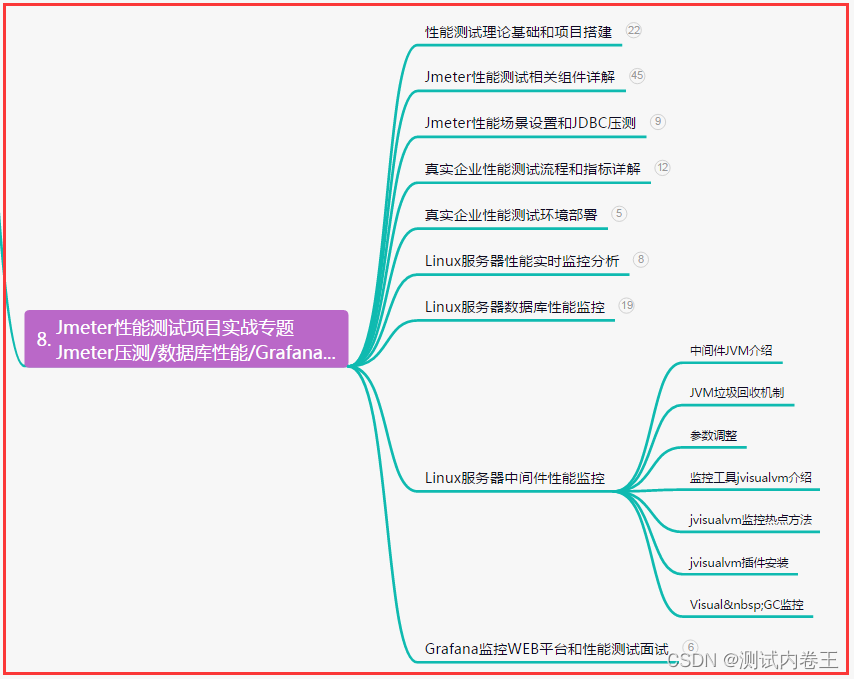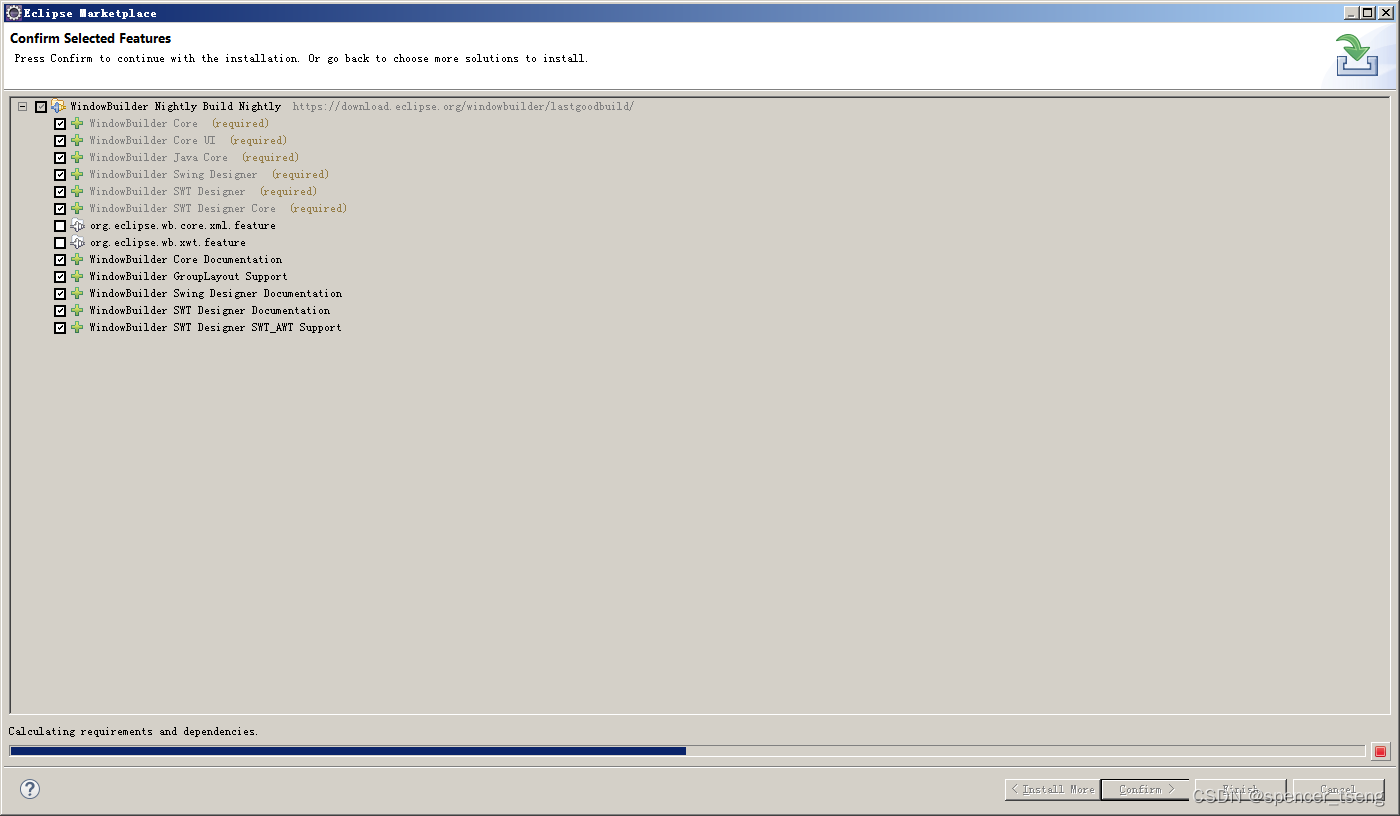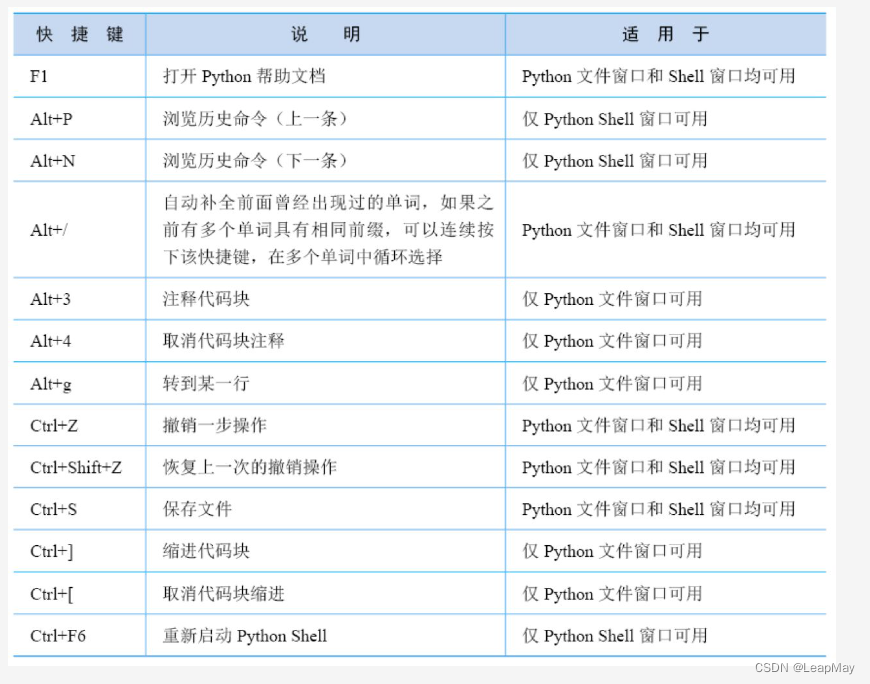ByteBuddy
1.ByteBuddy的用途
ByteBuddy通过修改字节码来新增、修改、删除Java类的现有功能,主要用于分离功能代码和非功能代码,比如

比如非功能代码如下:
public double calculatePrice(){double discount = getDiscount();double price = this.price + this.deliveryCharge - discount;return price;
}
添加比如打印日志等非功能代码,形成如下的内容:
public double calculatePrice(){long startTime = System.currentMilliseconds();logger.info("CalculatePrice start");double discount = getDiscount();double price = this.price + this.deliveryCharge - discount;logger.info("Method end");logger.info("CalculatePrice execution time: " + (System.currentMillioseconds() - startTime));return price;
}
2.ByteBuddy的初始化代码学习
首先在maven的dependencies标签之中配置上需要用到的库
<dependency><groupId>net.bytebuddy</groupId><artifactId>byte-buddy</artifactId><version>1.12.20</version></dependency><dependency><groupId>net.bytebuddy</groupId><artifactId>byte-buddy-agent</artifactId><version>1.12.20</version></dependency><dependency><groupId>net.bytebuddy</groupId><artifactId>byte-buddy-maven-plugin</artifactId><version>1.12.20</version></dependency><dependency><groupId>org.junit.jupiter</groupId><artifactId>junit-jupiter</artifactId><version>RELEASE</version><scope>compile</scope></dependency>
然后学习示例的代码
public void test() throws InstantiationException, IllegalAccessException {DynamicType.Unloaded unloadedType = new ByteBuddy()//创建ByteBuddy类型的一个实例.subclass(Object.class)//动态创建的类是继承Object的.method(ElementMatchers.isToString())//method为筛选器,筛选Object中的toString方法.intercept(FixedValue.value("Hello World ByteBuddy!"))//提供了toString()的实现,返回固定值"Hello World ByteBuddy!"//按照下面的最后定义函数优先,这里的类.make();//触发生成一个新的类Class<?> dynamicType = unloadedType.load(getClass().getClassLoader()).getLoaded();//把unloadedType实例加载到JVM之中,此时dynamicType相当于一个类Assertions.assertEquals(dynamicType.newInstance().toString(),"Hello World ByteBuddy!");//调用dynamicType.toString()方法不会生效,因为此时调用的是ByteBuddy.class的toString()方法}
3.ByteBuddy调用的优先级部分
public void test() throws InstantiationException, IllegalAccessException {String r = new ByteBuddy().subclass(Foo.class).method(named("sayHelloFoo").and(isDeclaredBy(Foo.class)).and(returns(String.class)))//符合三个条件的方法.intercept(MethodDelegation.to(Bar.class)).make().load(getClass().getClassLoader()).getLoaded().newInstance().sayHelloFoo();assertEquals(r,Bar.sayHelloBar());}
intercept提供了类的实现,因为这里的intercept初始化的是Bar.class,而Bar和Foo的类中都有sayHelloBar这个方法,因此这里最终实现的是Bar的sayHelloBar方法

